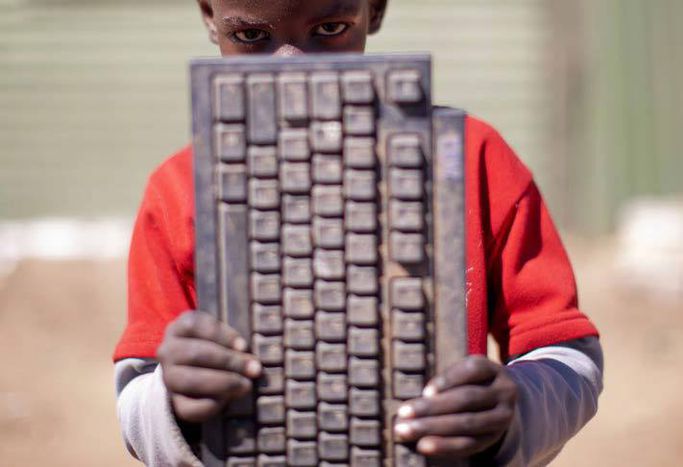
How much aid do EU countries give to developing countries?
Published on
Launched in Paris on 20 November at the OECD, the ninth CONCORD AidWatch report "Aid Beyond 2015".
The report finds that despite growing humanitarian and development challenges, such as the recent Ebola outbreak in West Africa, EU aid is off track to meet the 0.7% aid target in 2015 with a funding gap of €41 billion. The only four European countries that are meeting aid targets are the UK, Sweden, Denmark and Luxembourg. Aid budgets are increasingly being used to cover migration costs.
Aid up in 2013 but not enough for global challenges
Despite a moderate rise in global aid budgets in 2013 many EU countries are still cutting aid budgets. Global aid to the poorest countries, in particular to Africa, is expected to drop by 5% until 2016.
“The timing for aid cuts by many European countries couldn't be any worse. I’m pleased that the UK bucks the trend and has reached the 0.7% aid target in 2013, 2 years ahead of the commitment deadline. Growing global emergencies and development challenges are pushing many developing countries to the limit, with the latest Ebola outbreak in West Africa a prime example. Effective aid which gets to people who need it most is a lifesaver, supporting essential services like healthcare and long term development." said Ben Jackson, Chief Executive of Bond, the UK NGO network.
Aid budgets increasingly covering migration costs
Many EU countries are pushing for domestic spending, such as on refugees, to be counted as official aid figures in global negotiations currently taking place at the OECD. In 2013 refugee costs represented €1.7 billion of EU countries bilateral aid. The largest costs were reported in Sweden (€514 million), France (€372 million), the Netherlands (€274 million), Denmark (€122 million) and Belgium (€118 million).
“We are seeing a worrying trend where more and more countries like Sweden are financing migration costs with money from their aid budgets. It is a vital part of public spending but should not be counted as official development assistance.” said Peter Sorbom from Concord Sweden.
Billions lost – how the EU over counts its aid
Aid should be a real transfer of resources to developing countries, yet the EU inflated its aid by some €5.2billion in 2013. Almost €1bn of this came in the form of interest on loans which meant recipient countries end up paying more back.
“France received € 239m in interest from loans to developing countries in 2013. At the same time, French aid grants are reducing each year. Unfortunately this trend is expected to continue in the coming years,” according to Jean-Louis Vielajus, President of Coordination SUD, the French NGO network.



